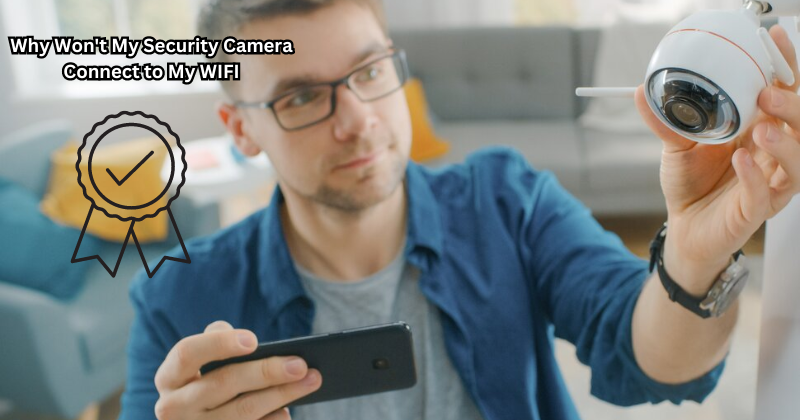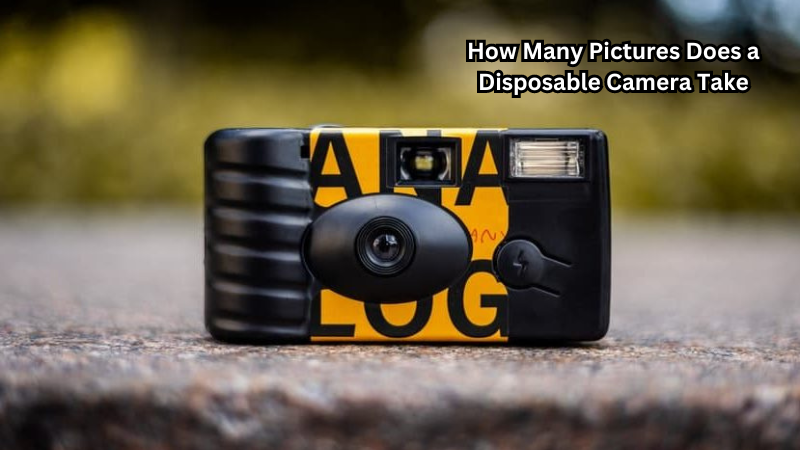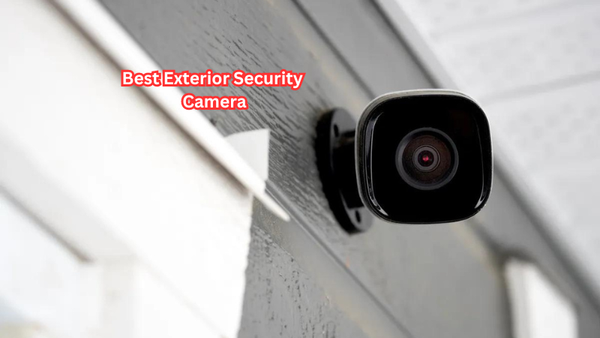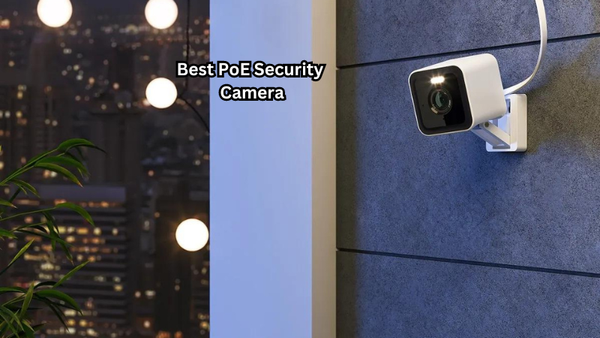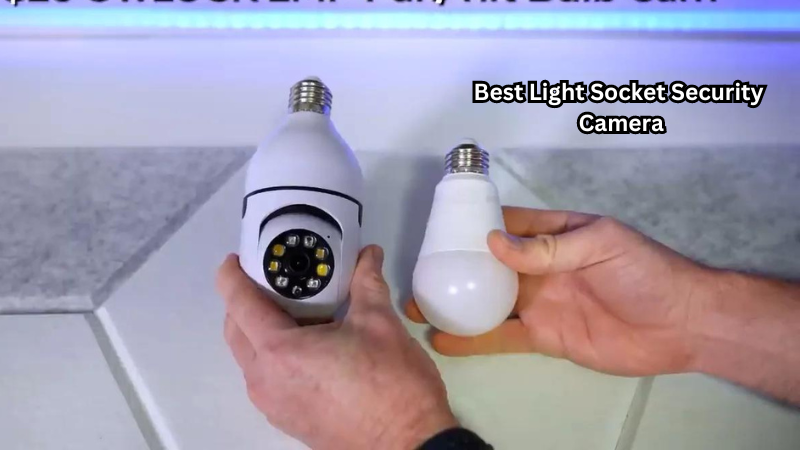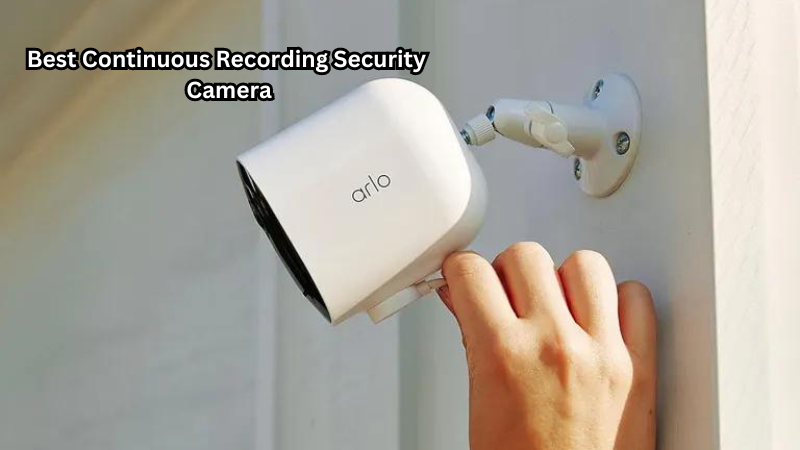Experiencing connectivity issues between your security camera and WiFi network can be frustrating and concerning. When your security camera fails to connect to WiFi, it jeopardizes the very purpose of safeguarding your property.
Understanding the root cause of this problem is crucial to restoring your surveillance system's functionality and ensuring the continuous protection of your premises. Various factors could impede the connection process from signal interferences to incorrect network configurations.
By troubleshooting these issues systematically and seeking expert guidance, you can effectively address the connection issue and regain peace of mind, knowing that your security measures are back online.
Benefits of Stable WIFI for Security Cameras
Having a stable WiFi connection is crucial for the optimal performance of security cameras. Stability ensures uninterrupted surveillance, minimizing blind spots that could compromise security. Consistent connectivity allows for real-time monitoring, enabling prompt response to suspicious activity or emergencies.
Moreover, a stable WiFi connection facilitates seamless integration with other security systems, such as alarms or motion sensors, enhancing overall protection measures. Reliable connectivity also ensures smooth data transmission to cloud storage or monitoring devices, preserving crucial footage for investigations or evidence.
Additionally, stable WiFi minimizes the risk of unauthorized access or tampering with camera feeds, maintaining the integrity and reliability of the surveillance system. A stable WiFi connection forms the backbone of an effective security camera setup, safeguarding properties, assets, and individuals against potential threats.
Troubleshooting Steps: Why Won't My Security Camera Connect to My WIFI
Here are some troubleshooting steps to help you identify and resolve the connectivity issue between your security camera and WiFi network:
Step 1: Check Your WiFi Signal Strength
The first step in troubleshooting a connection issue is to ensure that your security camera is within range of a strong WiFi signal. If the signal strength is weak, it can result in intermittent connectivity or complete failure to connect.
Depending on your surveillance system's location and distance from the router, you may need to install a WiFi extender or move the camera closer to your network's access point. High-quality security cameras often come with signal strength indicators to help you determine the ideal placement for maximum connectivity.
Step 2: Verify Network Credentials
Sometimes, incorrect network credentials can lead to connection issues between your security camera and the WiFi network. Double-check that you have entered the correct username and password for your WiFi network on the camera's settings page.
If you have recently changed your network password, update it on the camera. IP address conflicts can also cause connectivity problems, so it is essential to ensure that the camera has a unique IP address that does not conflict with other devices on the network.
Step 3: Check for Network Interference
Other electronic devices and appliances in your home or office could be causing signal interference that disrupts the connection between your security camera and WiFi. Such devices include cordless phones, Bluetooth speakers, and even microwave ovens.
Try turning off these devices temporarily and see if the connection improves. Additionally, ensure that your WiFi router is placed away from these interference sources for optimal connectivity.
Step 4: Reset Your Network Settings
If none of the above steps have resolved the issue, try resetting your security camera and WiFi router's network settings. This will erase any incorrect configurations or glitches hindering the connection process.
Step 5: Seek Professional Assistance
If you have exhausted all troubleshooting options and your security camera still won't connect to WiFi, it may be time to seek professional assistance.
Contact your surveillance system's manufacturer or a certified technician for further guidance and support. They will have the expertise and tools to diagnose and resolve any underlying issues with your security camera or WiFi network.
For security camera playback camera settings or playback footage, you should check the camera's memory card in case it is full. Moreover, regularly checking for software updates and keeping your security camera's firmware up to date can also prevent connectivity issues in the future.
Why IP Camera Not Connecting to WiFi
While IP cameras offer advanced features and remote access capabilities, they rely on a stable WiFi connection to function effectively. Some common reasons why your IP camera may not be connecting to WiFi include:
Check the IP Camera Antennas to Fix the No WiFi Detected Issue
Most IP cameras have an external antenna to improve signal strength and stability. If your camera does not detect WiFi networks, check that the antenna is correctly connected to the device.
A loose or damaged antenna can significantly impact your camera's ability to connect to the network. Wireless IP camera antennas can also be replaced with high-gain models for better reception.
Verify Network Settings on Your IP Camera
Like traditional security cameras, incorrect network settings can prevent your IP camera from connecting to WiFi. Make sure that you have entered the correct network credentials and that the camera is set to DHCP mode if your network uses it.
WiFi IP camera setup usually involves scanning available networks and selecting the correct SSID before entering the password. Suffer IP address conflicts can also cause connectivity issues, so it is essential to ensure that the camera has a unique IP address that does not conflict with other devices on the network.
Check for Firmware Updates
Outdated firmware on your IP camera can cause connectivity issues. Check the manufacturer's website for any updates and follow their instructions to install them properly. This will ensure that your camera has the latest software and bug fixes to facilitate a stable connection. IP camera WiFi setup may also involve updating the camera's firmware during installation.
Consider Using a Wired Connection
If all else fails, consider using a wired connection for your IP camera. While this may not be as convenient as wireless connectivity, it can provide a more reliable and consistent connection. You can also use powerline adapters to connect your camera via your home's electrical wiring for a more seamless setup.
To fix IP camera not connecting to WiFi, it is crucial to troubleshoot and identify the root cause of the problem. By following these steps and understanding common connectivity issues, you can ensure that your IP camera stays connected to your WiFi network for optimal performance.
Tips to Ensure a Stable Connection Between Security Camera and WiFi
To prevent future connectivity issues between your security camera and WiFi network, here are some tips to consider:
- Place your WiFi router in a central location away from potential sources of interference.
- Regularly update your camera's firmware to ensure optimal performance.
- If using a wireless connection, make sure that the signal strength is strong enough for your camera's location.
- Use a strong and unique password for your WiFi network to prevent unauthorized access.
- Consider investing in a dual-band router to avoid frequency congestion and improve connectivity.
By following these tips and troubleshooting steps, you can ensure a stable connection between your security camera and WiFi network.
FAQs
Why won't my security camera connect to my WiFi network?
If your security camera is not connecting to WiFi, check the WiFi settings on both the camera and your router to ensure compatibility. Plus, check for any potential sources of signal interference and try resetting your network settings. If the issue persists, seek professional assistance.
Can my cameras work without WiFi?
Yes, some security cameras can work without WiFi by using an ethernet cable to connect directly to a router. However, this limits their remote access capabilities and may require additional equipment or setup steps. It is best to check with the manufacturer's instructions for your specific camera model.
How does the power supply affect camera connectivity?
A stable power supply is crucial for maintaining a stable connection between your security camera and WiFi network. If the power supply is inconsistent or interrupted, it can cause disruptions in the data transmission process and result in connectivity issues.
What should I do if my camera's connection keeps dropping?
A dropping camera connection could be due to signal interference or a weak WiFi signal. Reposition the camera or consider a WiFi extender for better coverage.
Conclusion
In conclusion, troubleshooting connectivity issues between your security camera and WiFi network is essential for uninterrupted surveillance functionality. By addressing factors such as incorrect WiFi settings, inadequate power supply, and unstable camera connections, you can overcome the obstacles hindering the connection process.
Swiftly resolving these issues through systematic troubleshooting or seeking professional assistance ensures that your security measures remain robust and effective.
Maintaining a reliable connection between your security camera and WiFi network is paramount in safeguarding your property and ensuring peace of mind regarding your surveillance system's operational integrity.
